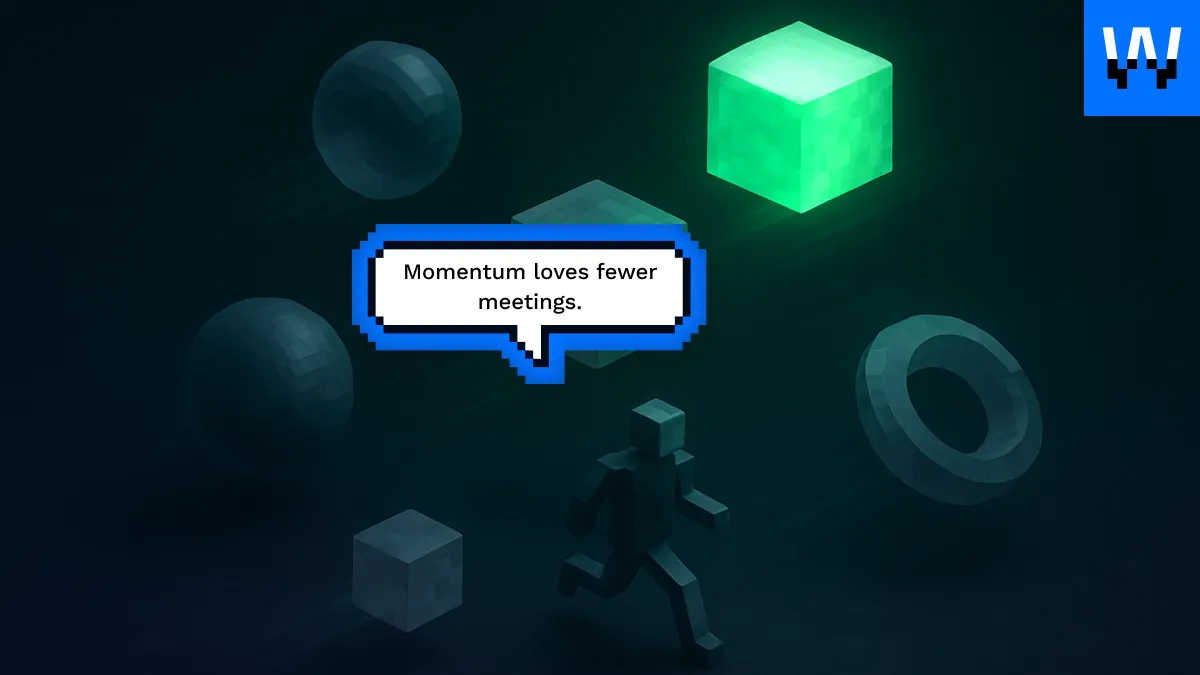Why Developer Subscriptions Aren’t Freelance or Outsourcing — and Why That Matters?
Introduction
“Is this like freelance?”
We hear that question all the time at Wild.Codes. And while it’s a fair one — it’s also a fundamental misunderstanding.
Developer subscriptions are not freelancing. They’re not outsourcing. They’re a new category entirely: flexible, embedded, always-on engineering capacity — without the overhead of hiring or the limitations of contracts.
This article breaks down exactly why this model is different, why it’s growing fast, and why fast-moving teams are making the shift.

The Limitations of Freelance and Outsourcing Models
Freelancers:
- Often work on short-term, ad hoc tasks
- Juggle multiple clients
- Don’t fully integrate with your team or culture
Freelancers are great for one-off landing pages or debugging sessions — not for shipping full products.
Traditional Outsourcing:
- Rigid scopes and contracts
- Communication silos
- Slow feedback loops
- Hidden costs for every change or pivot
Outsourcing works for waterfall projects — not for agile product teams shipping every week.
Key insight: Startups don’t need help “delivering projects.” They need team members who think, build, and iterate alongside them.
What Makes Developer Subscriptions Different?
Think of a developer subscription as your plug-and-play product squad — on your terms, at startup speed.
Here’s what sets it apart:
✅ Embedded, Not External
Wild.Codes developers work within your sprints, rituals, tools, and team — just like full-time teammates.
✅ Flexible, Not Fixed
Need to scale up during a product push or pause during investor season? Subscriptions flex with your roadmap.
✅ Fast Onboarding
With our model, you’re shipping code in days — not waiting weeks to “kick off a project.”
✅ One Price, No Surprises
Flat monthly pricing includes:
- Dev time
- Admin
- Payroll
- Compliance
- PTO coverage

Real-World Use Case: From Chaos to Clarity
A US-based SaaS startup had tried both freelancers and an offshore dev shop. Results:
- Fragmented codebase
- Misaligned delivery cycles
- 3 missed feature launches
After switching to Wild.Codes:
- They onboarded a full-stack squad in 72 hours
- Burn was reduced by 32%
- Devs joined standups, sprint planning, and async threads — like true team members
Why This Model Works So Well for Startups
Startups don’t need help executing — they need help scaling. Developer subscriptions solve four core startup problems:
1. Speed
From brief to onboarding in 48 hours — so you never miss a sprint again.
2. Focus
No admin, compliance, or legal distractions. Your team focuses on shipping.
3. Flexibility
Need backend today and mobile next month? No problem. Swap roles with zero friction.
4. Talent Retention
Our developers are pre-vetted for loyalty, culture fit, and product mindset.

How We Vet Subscription Developers Differently
Every Wild.Codes dev goes through:
- Live product simulations
- Async communication trials
- Cultural alignment scoring
- CTO- and PM-led interviews
We’re not just filling seats. We’re embedding contributors who act like owners.
Quote from client: “These aren’t freelancers — they’re our team. The only difference is the invoice.”
Common Myths About Developer Subscriptions
Let’s clear up some confusion:
“Isn’t this just a retainer?”
Nope. Retainers still involve scope limits, project specs, and agency intermediaries. Our devs join your team and stay outcome-focused.
“Is this less secure than in-house?”
All Wild.Codes developers work under strict NDAs, secure environments, and full IP transfer clauses. You own everything.
“Will I get a random dev each month?”
Never. You meet and approve every developer before they join — and they stay as long as you need.
“Can they really work like full-time teammates?”
They already do — across 150+ active teams, including YC-backed startups, SaaS scaleups, and dev-heavy product companies.
The Financial Case for Subscription-Based Hiring
- Save 30–40% compared to full-time salaries
- Zero spend on recruiters, job ads, or HR overhead
- Avoid severance and legal costs from mis-hires
Flexible doesn’t mean unstable. It means efficient.
Final Thoughts
Developer subscriptions are the operating system for modern product teams. They give you the flexibility of freelancing, the depth of full-time hiring, and the ease of a platform.
At Wild.Codes, we built our model for speed, trust, and true integration. Not project delivery — product velocity.
TL;DR — Why Subscriptions Win:
- Fully embedded, loyal developers
- No admin, no overhead, no delays
- Start in 48 hours
- Scale up or down as you grow
Forget freelancers. Skip outsourcing. Subscribe to velocity.
Ready to see what embedded developer capacity really feels like?
• PHP expertise;
• Database management skills;
•Jungling traits, methods, objects, and classes;
• Agile & Waterfall understanding and use;
• Soft skills (a good team player, high-level communication, excellent problem-solving background, and many more)
• OOP & MVS deep understanding;
• Knowledge of the mechanism of how to manage project frameworks;
• Understanding of the business logic the project meets;
• Cloud computing & APIs expertise.
• Reasonable life-work balance;
• The opportunity to implement the server-side logic via Laravel algorithms;
• Hassle-free interaction with back-end and front-end devs;
• Strong debugging profile.
• Using HTML, XHTML, SGML, and similar markup languages
• Improving the usability of the digital product
• Prototyping & collaboration with back-end JS experts
• Delivery of high-standard graphics and graphic-related solutions
• Using JS frameworks (AngularJS, VueJS, ReactJS, etc
• Clean coding delivery and timely debugging & troubleshooting solution delivery
• UI testing and collaboration with front-end JS teammates
• Database experience
• Building APIs while using REST or similar tech solutions
• Collaboration with project managers and other devs
• Delivery of design architecture solutions
• Creation of designs & databases
• Implementation of data protection and web cybersecurity strategies.
• Both front-end and back-end qualifications










